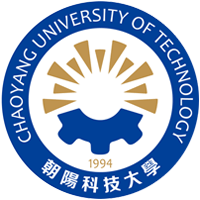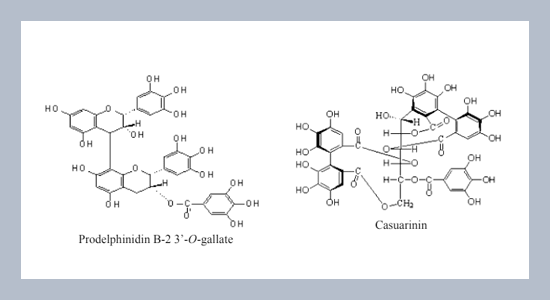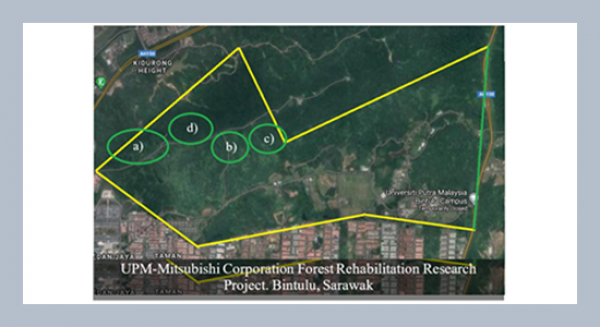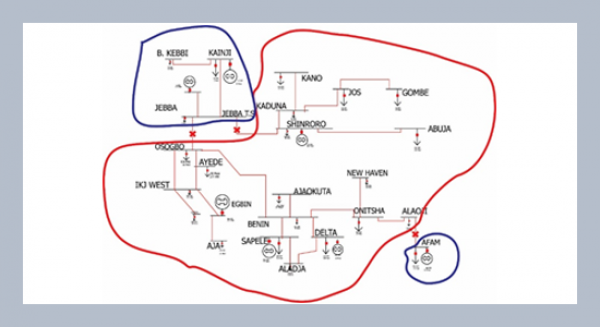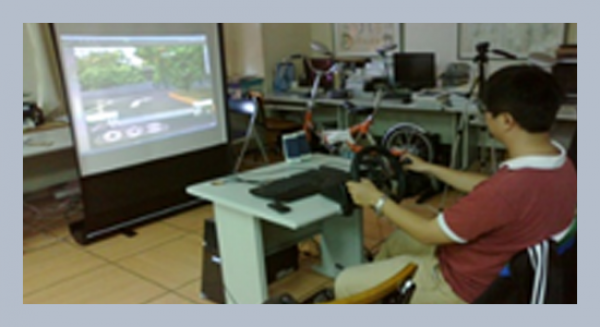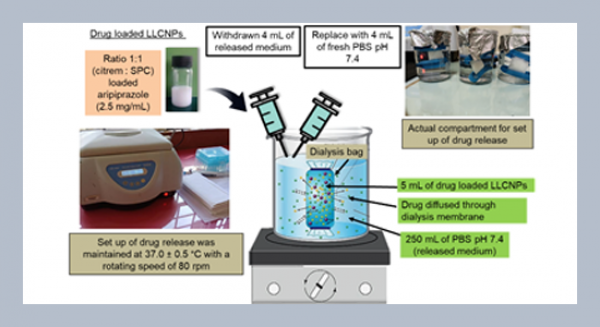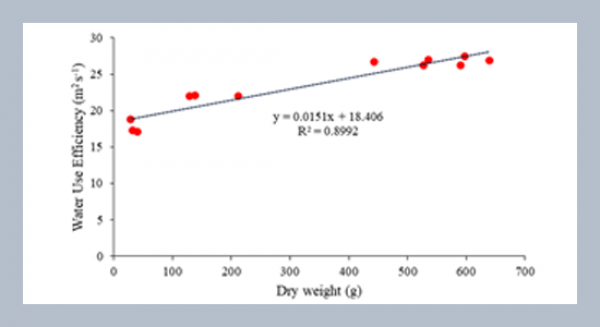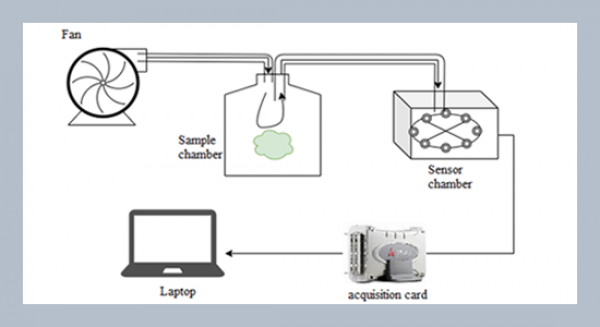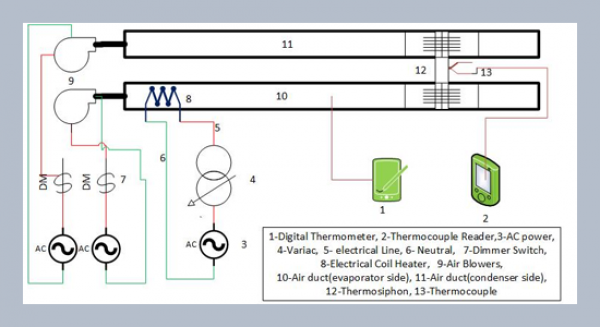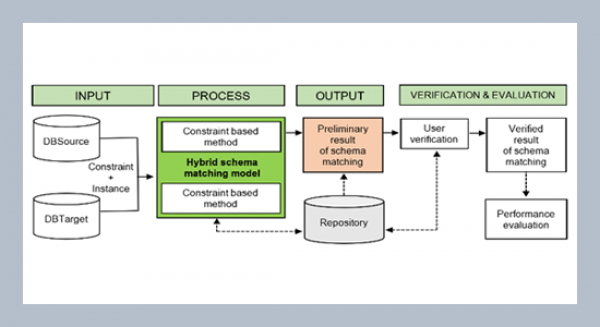REFERENCES
- [1] Jemal, A., Tiwari, R.-C., Murray, T., Ghafoor, A., Samuels, A., Ward, E., Feuer, E.-J., Thun, M.-J. 2004. American Cancer Society. Cancer statistics, 2004. CA: A Cancer Journal for Clinicians, 54(1): 8-29.
- [2] Wooster, R. and Weber, B.-L. 2003. Breast and ovarian cancer. The New England Journal of Medicine, 348(23): 2339-2347.
- [3] Kim, P.-K., Park, S.-Y., Koty, P.-P., Hua, Y., Luketich, J.-D., Billiar, T.-R. 2003. Fas-associating death domain protein overexpression induces apoptosis in lung cancer cells. The Journal of Thoracic and Cardiovascular Surgery, 125(6): 1336-1342.
- [4] Harris, C.-C. 1990. Hepatocellular carcinogenesis: recent advances and speculations. Cancer Cells, 2(5):146-148.
- [5] Danial, N.-N. and Korsmeyer, S.-J. 2004. Cell death: critical control points. Cell, 116(2): 205-219.
- [6] Ghobrial, I.-M., Witzig, T.-E. and Adjei, A.-A. 2005. Targeting apoptosis pathways in cancer therapy. CA: A Cancer Journal for Clinicians, 55 (3): 178-194.
- [7] Hengartner, M.-O. 2000. The biochemistry of apoptosis. Nature, 407(6805): 770-776.
- [8] Kaufmann, S.-H. and Earnshaw, W.-C. 2000. Induction of apoptosis by cancer chemotherapy. Experimental Cell Research, 256(1): 42-49.
- [9] Esposti, M.-D. 2002. The roles of Bid. Apoptosis, 7(5): 433-440.
- [10] Brown, J.-M. and Wouters, B.-G. 1999. Apoptosis, p53, and tumor cell sensitivity to anticancer agents. Cancer Research, 59(7): 1391-1399.
- [11] May, P. and May, E. 1999. Twenty years of p53 research: structural and functional aspects of the p53 protein. Oncogene, 18(53): 7621-7636.
- [12] Cholbi, M.-R., Paya, M. and Alcaraz, M.-J. 1991. Inhibitory effects of phenolic compounds on CCl4-induced microsomal lipid peroxidation. Experientia, 47(2): 195-199.
- [13] Hsu, Y.-L., Kuo, P.-L. and Lin, C.-C. 2004. Acacetin inhibits the proliferation of Hep G2 by blocking cell cycle progression and inducing apoptosis. Biochemical Pharmacology, 67(5): 823-829.
- [14] Hsu, Y.-L., Kuo, P.-L., Liu, C.-F. and Lin, C.-C. 2004. Acacetin-induced cell cycle arrest and apoptosis in human non-small cell lung cancer A549 cells. Cancer Letters, 212(1): 53-60.
- [15] Hsu, Y.-L., Kuo, P.-L., Chiang, L.-C. and Lin, C.C. 2004. Isoliquiritigenin inhibits the proliferation and induces the apoptosis of human non-small cell lung cancer A549 cells. Clinical and Experimental Pharmacology and Physiology, 31(7): 414-418.
- [16] Hsu, Y.-L., Kuo, P.-L., Lin, L.-T. and Lin, C.-C. 2005. Isoliquiritigenin inhibits cell proliferation and induces apoptosis in human hepatoma cells. Planta Medica, 71(2): 130-134.
- [17] Dimmock, J.-R., Elias, D.-W., Beazely, M.-A. and Kandepu, N.M. 1999. Bioactivities of chalcones. Current Medicinal Chemistry, 6(12): 1125-1149.
- [18] Hsu, Y.-L., Tzeng, W.-S., Kuo, P.-L. and Lin, C.-C. 2005. Chalcone inhibits the proliferation of human breast cancer cell by blocking cell cycle progression and inducing apoptosis. Food and Chemical Toxicology (Accepted).
- [19] Balentine, D.-A., Wiseman, S.-A. and Bouwens, L.-C. 1997. The chemistry of tea flavonoids. Critical Reviews in Food Science and Nutrition, 37(8): 693-704.
- [20] Berger, S.-J., Gupta, S., Belfi, C.-A., Gosky, D.-M., and Mukhtar, H. 2001. Green tea constituent (--)-epigallocatechin-3-gallate inhibits topoisomerase I activity in human colon carcinoma cells. Biochemical and Biophysical Research Communications, 288(1): 101-105
- [21] Bushman, J.-L.1998. Green tea and cancer in humans: a review of the literature. Nutrition and Cancer, 31: 151-159
- [22] Kuo, P.-L. and Lin, C.-C. 2003. Green Tea Constituent (-)-Epigallocatechin-3-Gallate Inhibits Hep G2 Cell Proliferation and Induces Apoptosis through p53-Dependent and Fas-Mediated Pathways. Journal of Biomedical Science, 10(2): 219-227.
- [23] Kuo, P.-L., Hsu, Y.-L., Lin, T.-C. and Lin, C.C. 2005. The antiproliferative activity of prodelphinidin B-2 3'-O-gallate from green tea leaf is through cell cycle arrest and Fas-mediated apoptotic pathway in A549 cells. Food and Chemical Toxicology, 43(2): 315-323.
- [24] Kuo, P.-L., Hsu, Y.-L., Lin, T.-C., Lin, L.-T., Chang, J.-K. and Lin, C.-C. 2005. Casuarinin from the bark of Terminalia arjuna Linn. induces apoptosis and cell cycle arrest in human breast adenocarcinoma MCF-7 cells. Planta Medica, 71(3): 237-243.
- [25] Kuo, P.-L., Hsu, Y.-L., Lin, T.-C., Chang, J.-K. and Lin, C.-C. 2005. Induction of cell cycle arrest and apoptosis in human non-small cell lung cancer A549 cells by casuarinin from the bark of Terminalia arjuna Linn. Anti-Cancer Drugs, 16(4): 409-415.
- [26] Kuo, P.-L., Cho, C.-Y., Hsu, Y.-L., Lin, T.-C. and Lin,C.-C. 2005. Putranjivain A from Euphorbia jolkini inhibits proliferation of human breast adenocarcinoma MCF-7 cells via blocking cell cycle progression and inducing apoptosis. Toxicology and Applied Pharmacology (Accepted).
- [27] Gusman, J., Malonne, H. and Atassi, G. 2001. A reappraisal of the potential chemopreventive and chemotherapeutic properties of resveratrol. Carcinogenesis, 22(8): 1111-1117.
- [28] Jang, M., Cai, L., Udeani, G.-O., Slowing, K.-V., Thomas, C.-F., Beecher, C.-W., Fong, H.-H., Farnsworth, N.-R., Kinghorn, A.-D., Mehta, R.-G., Moon, R.-C. and Pezzuto, J.-M. 1997. Cancer chemopreventive activity of resveratrol, a natural product derived from grapes. Science, 275(5297): 218-220.
- [29] Kuo, P.-L., Chiang, L.-C., and Lin, C.-C. 2002. Resveratrol- induced apoptosis is mediated by p53-dependent pathway in Hep G2 cells. Life Sciences, 72(1): 23-34.
- [30] Kuo, P.-L., Hsu, Y.-L., Lin, T.-C., Lin, L.-T. and Lin, C.-C. 2004. Induction of Apoptosis in Human Breast Adenocarcinoma MCF-7 Cells by Prodelphinidin B-2 3,3’-di-O-gallate from Myrica rubra via Fas-mediated Pathway. The Journal of Pharmacy and Pharmacology, 56(11): 1399-1406.
- [31] Kuo, P.-L., Hsu, Y.-L., Lin, T.-C. and Lin, C.-C. 2004. Prodelphinidin B-2 3,3’-di-O-gallate from Myrica rubra inhibits proliferation of A549 carcinoma cells via blocking cell cycle progression and inducing apoptosis. European Journal of Pharmacology, 501(1-3): 41-48.
- [32] Abe, H., Sakaguchi, M. and Arichi, S. 1982. Pharmacological studies on a prescription containing Bupleuri Radix (IV). Effects of saikosaponin on the anti-inflammatory action of glucocorticoid. Nippon yakurigaku zasshi. Folia Pharmacologica Japonica, 80: 155-161.
- [33] Hsu, Y.-L., Kuo, P.-L., Chiang, L.-C. and Lin, C.-C. 2004. Involvement of p53, nuclear factor B and Fas/Fas ligand in induction of apoptosis and cell cycle arrest by saikosaponin d in human hepatoma cell lines. Cancer Letters, 213(2): 213-221.
- [34] Hsu, Y.-L., Kuo, P.-L., and Lin, C.-C. 2004. The proliferative inhibition and apoptotic mechanism of Saikosaponin D in human non-small cell lung cancer A549 cells. Life Sciences, 75(10): 1231-1242.
- [35] Hsu, Y.-L., Kuo, P.-L. and Lin, C.-C. 2004. Proliferative inhibition, cell-cycle dysregulation, and induction of apoptosis by ursolic acid in human non-small cell lung cancer A549 cells. Life Sciences, 75(19): 2303-2316.
- [36] Hsu, Y.-L., Kuo, P.-L., Lin, L.-T. and Lin, C.-C. 2005. Asiatic acid, a triterpene, induces apoptosis and cell cycle arrest through activation of extracellular signal-regulated kinase and p38 mitogen-activated protein kinase pathways in human breast cancer cells. The Journal of Pharmacology and Experimental Therapeutics, 313(1): 333-344.
- [37] Hsu, Y.-L, Kuo, P.-L., Weng, T.-C., Yen, M.-H., Chiang, L.-C. and Lin, C.-C. 2004. The antiproliferative activity of saponin-enriched fraction from Bupleurum Kaoi is through Fas-dependent apoptotic pathway in human non-small cell lung cancer A549 cells. Biological & Pharmaceutical Bulletin, 27(7): 1112-1115.
- [38] Peng, Y., Li, C., Chen, L., Sebti, S. and Chen, J. 2003. Rescue of mutant p53 transcription function by ellipticine. Oncogene, 22(29): 4478-4487.
- [39] Kuo, P.-L., Hsu, Y.-L., Chang, C.-H., and Lin, C.-C. 2005. The mechanism of ellipticine-induced apoptosis and cell cycle arrest in human breast MCF-7 cancer cells. Cancer Letters, 223(2): 293-301.
- [40] Kuo, P.-L., Hsu, Y.-L., Kuo, Y.-C., Chang, C.-H., and Lin, C.-C. 2005. The antiproliferative inhibition of ellipticine in human breast MDA-MB-231 cancer cells is through cell cycle arrest and apoptosis induction. Anti-Cancer Drugs, 16(7): 789-95.
- [41] Kuo, Y.-C., Kuo, P.-L., Hsu, Y.-L., Cho, C.-Y., Lin, C.-C. 2005. Ellipticine induces apoptosis through p53 dependent pathway in Human Hepatocellular Carcinoma HepG2 Cells. Life Science (Accepted)
- [42] Shen, Y.-C., Chou, C.-J., Chiou, W.-F. and Chen, C.-F. 2001. Anti-inflammatory effects of the partially purified extract of radix Stephaniae tetrandrae: comparative studies of its active principles tetrandrine and fangchinoline on human polymorphonuclear leukocyte functions. Molecular Pharmacology 60(5): 1083-1090.
- [43] Kuo, P.-L. and Lin, C.-C. 2003. Tetrandrine-induced cell cycle arrest and apoptosis in Hep G2 cells. Life Sciences, 73(2): 243-252.
- [44] Agarwal, S.-K, Singh, S.-S., Verma, S. and Kumar, S. 2000. Antifungal activity of anthraquinone derivatives from Rheum emodi. Journal of Ethnopharmacology, 72(1-2): 43-46.
- [45] Kuo, P.-L., Lin, T.-C. and Lin, C.-C. 2002. The antiproliferative activity of aloe-emodin is through p53-dependent and p21-dependent apoptotic pathway in human hepatoma cell lines. Life Sciences, 71(16): 1879-1892.
- [46] Krumbiegel, G. and Schulz, H.-U. 1993. Rhein and aloe-emodin kinetics from senna laxatives in man. Pharmacology., 47(1): 120-124.
- [47] Kuo, P.-L., Hsu, Y.-L., Ng, L.-T. and Lin, C.-C. 2004. Rhein inhibits the growth and induces the apoptosis of Hep G2 cells. Planta Medica, 70(1): 12-16.
- [48] Hsiao, G., Shen, M.-L., Lin, K.-H., Lan, M.-H., Wu, Y.-L., Chou, D.-S., Lin, C.-H., Su, C.-H. and Sheu, J. L. 2003. Antioxidative and hepatoprotective effects of Antrodia camphorata extract. Journal of Agricultural and Food Chemistry, 51 (11): 3302-3308.
- [49] Lee, I.-H., Huang, R.-L., Chen, C.-T., Chen, H.-C., Hsu, W.-C. and Lu, M.-K. 2002. Antrodia camphorata polysaccharides exhibit anti-hepatitis B virus effects. FEMS Microbiology Letters, 209(1): 63-67.
- [50] Hsu, Y.-L., Kuo, Y.-C., Kuo, P.-L., Ng, L.-T., Kuo, Y.-H. and Lin, C.-C. 2005. Apoptotic effects of extract from Antrodia camphorata fruiting bodies in human hepatocellular carcinoma cell lines. Cancer Letters, 221(1): 77-89.
